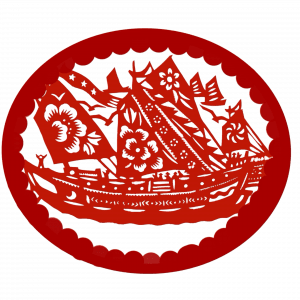Hello Lovely Readers!
Is ologizing a word? I don’t think so. Should it be? Yes.
Welcome back to a (hopefully) long awaited blog post. I’m really excited about this one!
Now, if you have not read my last blog post, I highly recommend you doing so. Not only will you learn something, you will also hear a bit about what my current project is.
However, for the people who did not decide to be enlightened, I will of course give you a rundown of what the project was about, as well as what has happened with the project since then!
The project that we just wrapped up is called “The Ology of Apology” (shoutout Ryder), and we studied how we can create a public memory of past wrongs so that they are remembered, and not repeated, today. We looked at three past wrongs enacted by the Canadian government; the Komagata Maru in 1914, anti-Chinese racism in the form of the Head Tax and the Anti-Immigration Act from 1885-1947, and the Japanese Internment during the Second World War.
We had the incredible opportunity to go on six different field studies throughout this project. Because of COVID-19, we have not been able to go on trips of any kind for over a year, so being able to have these experiences has been even more meaningful and important. Being able to learn about what we are talking about in class by going to museums, cultural spaces, and by walking around the actual sites where injustices have occurred really puts things into a whole different perspective, and I found that I was really able to get a real world look into the ethical dimensions of what was happening in the past, and what acts of injustice continue to happen today.
In the end, we were tasked with creating a concept, as well as a scale model, of a practical, contextual, and impactful memorial that would educate the public about one of the three acts of injustice that we studied.
We were put into small groups, and then assigned our topic. My group was Randy, Indy, and I, and our topic was Chinese oppression. There were six groups, and three topics, so each group was competing against another group. This definitely raised the stakes!
The hardest part of any project is coming up with an initial idea, and I was especially worried about this one. Thankfully, our group worked really well together, and we came up with an idea that ended up turning out incredibly cool.
While we were at the Chinese Canadian Museum, we saw traditional Chinese paper cuttings that told the story of Chinese people in Canada. Our group had the idea to create three paper cuttings that acted as a timeline. We wanted to tell as much of a story as we could, while remaining interactive, cultural, and historical.

Although we had our main topic, anti-Chinese immigration, we still wanted to include some of the other acts of injustice that Chinese people in Canada have faced. We decided to memorialize the initial journey to Canada in the 1800’s, the anti-Chinese Immigration Act that was put in place in 1923, and finally, the official government issued apology in 2006. We also wanted to include the railway, as that is an integral part of the Chinese Canadian story.
Our final product was three paper cuttings that acted as a timeline to show the history of Chinese people in Canada. We were very inspired by the use of shadows at the Chinese Canadian Museum, so we brought that in by creating a light on a railway, which simultaneously symbolized the railway itself.

When looking back at this project, I think it is one of my favourites that I have done. I felt like I was really able to learn a lot in this project, and it was so nice to be able to present it to a big group of people. I also found that our group really worked together. We each had our own strong suits, and we were each able to work on different parts of the project, while still collaborating.
If I were to redo our pitch, or even our memorial, I think I would have taken the time to think more about the logistics. We knew what scale our model was (15:1), but I really wish we knew more about how our memorial would stand, how the light on the train tracks would work, and how the community living in Chinatown, where we plan to put our memorial, would feel. Overall, I am super proud of my group, and how much work we were able to get done in so little time. I felt that I gained a really good understanding of my topic, and the other topics that we learned about as well.
Understanding history is such an important thing to do, and reflecting on that history can really help us to confront Canada’s history of inequality. We were given the opportunity to spatialize memory with this project, and it was such a joy to be able to do.






